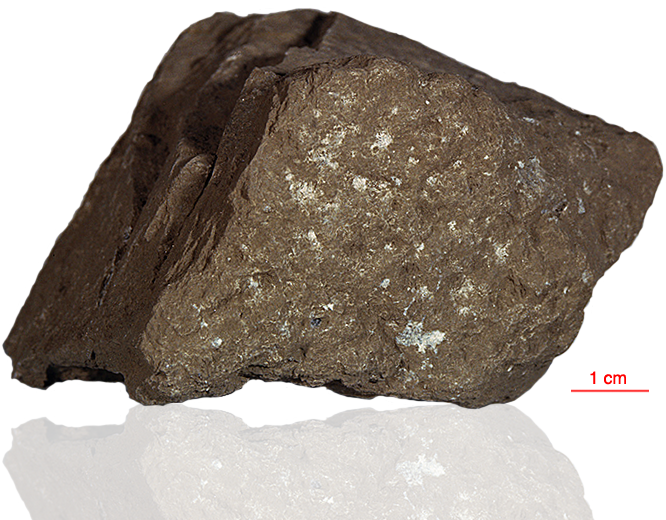
Fact sheet
65055 is an aluminous, basaltic impact melt. It is coherent and appears to be homogeneous throughout. It has an intergranular, sub-ophitic texture with euhedral to subhedral laths of plagioclase enclosing anhedral pyroxene. There are rare anhedral clasts of plagioclase that are reported to have shock features. Pyroxene crystals are chemically zoned. Metallic iron, troilite and ilmenite are found in the interstices.
The sample weighed 500.8 grams before analysis and has been dated at 3.96±0.02 billion years (Ar/Ar).
Further details of this and other Apollo samples are here: http://curator.jsc.nasa.gov/lunar/
Our section is slightly thick.
The Apollo 16 landing site was in the hilly region around Descartes crater in the lunar highlands. The landing spot was chosen to allow the astronauts to gather geologically older lunar material (Descartes Formation and the Cayley Formation) than the samples obtained in the first four landings, which were in or near lunar maria.
The mission lasted 11.1 days, with a stay on the lunar surface of 71 hours. The crew were on the lunar surface for 20.2 hours during which they traversed approximately 27 kilometers and collected approximately 96 kilograms of samples.
Apollo 16 was launched on 16 April 1972.






